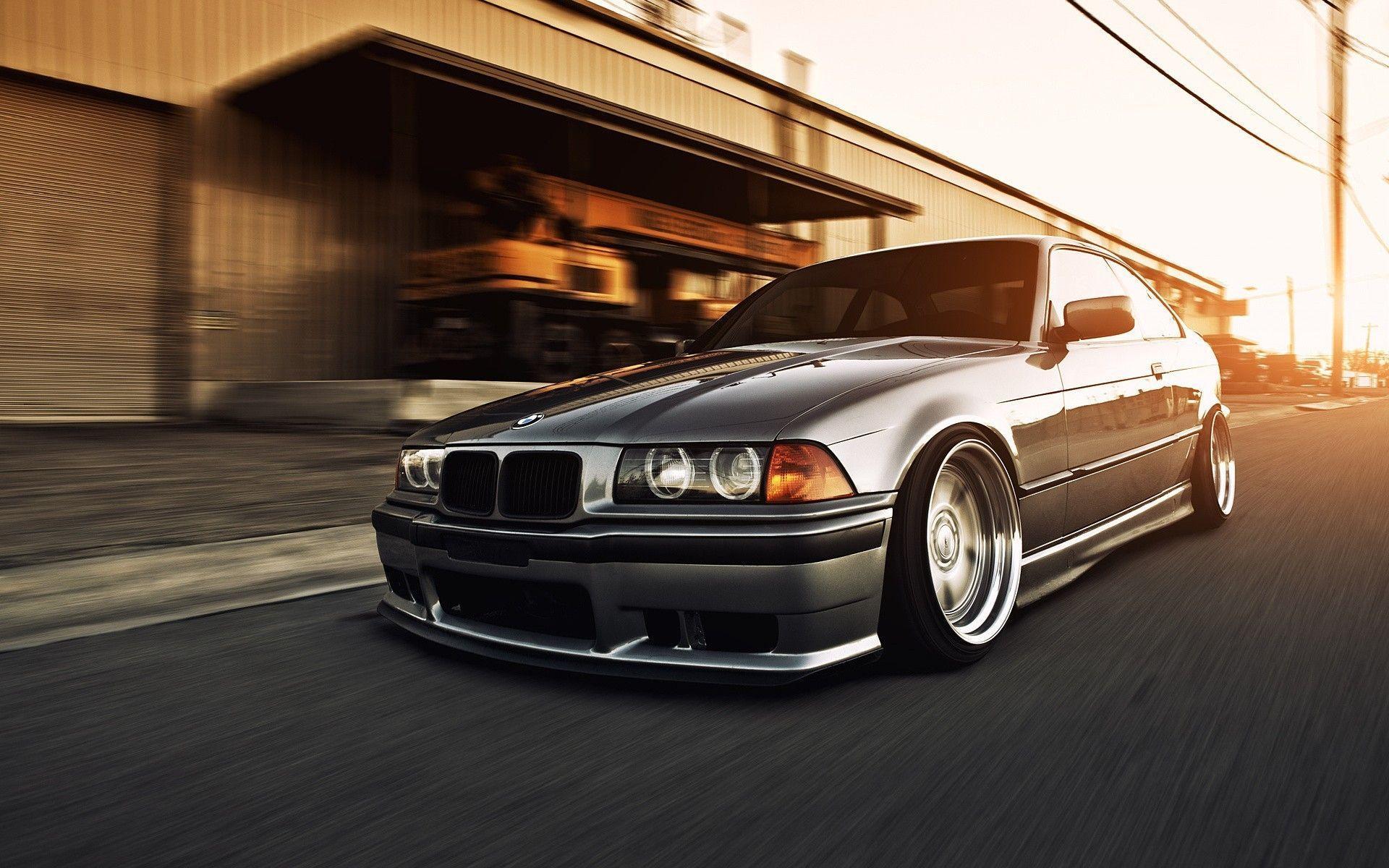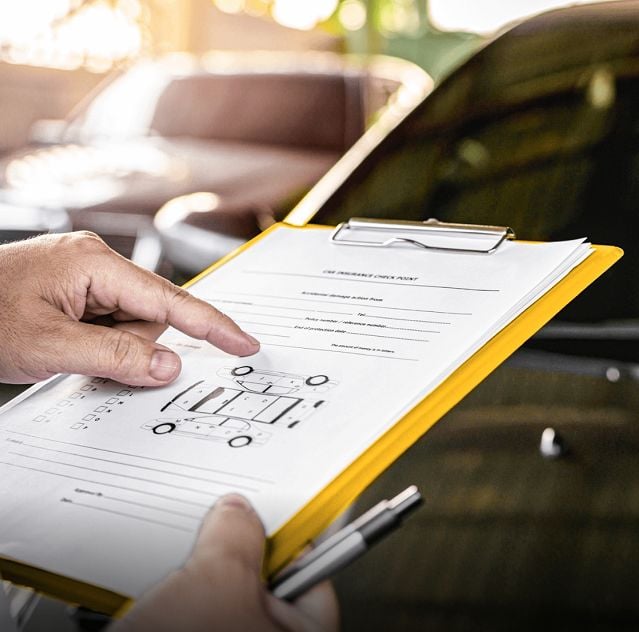

BMW M3 E36 – Design, Power, and Unmatched Handling
The design evolution of the BMW M3 E36, launched in 1992, significantly shaped the identity of the M3 series. The E36 M3 showcased a modern, more aerodynamic design with enhanced power, handling, and comfort. Initially equipped with a 3.0-liter engine, it was later upgraded to a 3.2-liter engine, contributing to impressive power and agility. The design of the E36 M3, with its advanced features and balanced power delivery, marked a significant improvement over its predecessor, setting a benchmark for future M3 models and influencing the performance sedan market.
Dive into the captivating world of the BMW M3 E36, a masterpiece of automotive design, power, and handling that has left a lasting legacy in the history of luxury sports cars. This article will take you on a thrilling ride through the evolution of the BMW E36 M3’s design, the dynamic power and performance of its engine, the unmatched handling and drive dynamics that set it apart, and a comprehensive review of its historical journey. Whether you are a car enthusiast or a casual reader, the captivating story of the BMW M3 E36 is sure to rev up your interest.
The Evolution of Design in the BMW M3 E36
The evolution of design in the M3 E36 has played a significant role in the development and recognition of the M3 series. The E36 M3 was a major shift from its predecessor, the E30 M3, both in terms of design and performance.
The E36 M3, introduced in 1992, was a testament to BMW’s commitment to innovation and refinement. The design of the E36 M3 was more streamlined and less boxy than the E30, showcasing a more aerodynamic and modern look. The E36 M3 featured a wider body, a more pronounced front bumper, and more aggressive lines, which contributed to its sporty appeal.
The design evolution was not just about aesthetics, but it was also about enhancing the car’s power and handling. The E36 M3 came equipped with a 3.0-liter inline-six engine that initially produced 282 horsepower, a significant increase from the four-cylinder engine of the E30 M3. This power boost was complemented by a finely tuned suspension and a progressive steering system, which significantly improved the car’s handling capabilities.
The interior design of the E36 was also a departure from the E30. BMW opted for a more luxurious and comfortable interior, with high-quality materials and a driver-focused layout. This added a layer of sophistication to the M3, making it not just a performance car but also a comfortable daily driver.
One of the unique design features of the E36 was the introduction of four doors, which was the first for the M3 series. This design element expanded the M3’s appeal to a wider audience, combining the power and handling of a sports car with the practicality of a family sedan.
In conclusion, the evolution of design in the BMW M3 E36 was a pivotal moment in the M3’s history. It showcased BMW’s ability to balance power, handling, and design, creating a car that was as much a pleasure to drive as it was to look at. The E36 set the stage for future iterations of the M3, shaping the identity of the M3 series as we know it today.
Power and Performance: The Engine Behind the BMW E36 M3
The heart of the BMW E36 M3’s design is its engine, a high-revving powerhouse that delivers an exhilarating driving experience. The M3 was first introduced with the S50 engine, a 3.0-liter inline-six that was capable of producing 282 horsepower and 236 pound-feet of torque. This engine was later upgraded to the S52 in mid-1996 for the US market, which boasted an increased displacement of 3.2 liters and a slightly higher power output of 240 horsepower.
The M3’s engine power was delivered to the rear wheels via a five-speed manual transmission, which was later replaced by a six-speed gearbox for the 3.2-litre models. This configuration ensured a more engaging drive and allowed the E36 to deliver its power smoothly and efficiently.
When it came to the M3’s performance, the E36 was nothing short of impressive. It boasted a top speed of 155 mph and could sprint from 0 to 60 mph in just 5.6 seconds. The combination of power and speed made the E36 M3 a dominant force on the road and the track.
The car’s handling was also a major part of its appeal. The E36 was equipped with BMW’s sophisticated traction control system, the Automatic Stability Control plus Traction (ASC+T). This system allowed the M3 to maintain grip in challenging driving conditions and ensured that the power was deployed effectively, thus enhancing the car’s handling capabilities.
The BMW E36 M3’s engine, power, and handling capabilities were thus key contributors to its enduring appeal. The car was able to deliver a balance of performance, agility, and control that few other vehicles in its class could match. This balance, rooted in the superior design of its engine, made the E36 a defining model in BMW’s M-Series lineup and a favorite among car enthusiasts worldwide.
Unmatched Handling: A Closer Look at the BMW M3 E36’s Drive Dynamics
The BMW M3 E36 is not just known for its elegant design and power, but also for its unmatched handling. The car’s drive dynamics are a testament to BMW’s commitment to creating a holistic driving experience.
The M3 was a significant leap from its predecessor in terms of handling, thanks to BMW’s meticulous design process. It included a new chassis that was lighter yet more rigid, making it more responsive to driver inputs. BMW also introduced new suspension technology in the 36, including a multi-link system in the rear and MacPherson struts in the front. This made the car more stable at high speeds, proving that the M3 E36’s handling is just as impressive as its power.
Another standout feature of the E36’s drive dynamics is its exceptional balance. The car’s weight is distributed nearly equally between the front and rear, which enhances the handling and makes the car feel incredibly stable, even in sharp turns. This balance also helps the M3 E36 deliver its power smoothly and predictably, reducing the risk of oversteering or understering.
The E36 also features an advanced braking system that contributes to its superior handling. The four-wheel disc brakes provide excellent stopping power, and the anti-lock braking system (ABS) ensures that the car maintains stability and steering control, even during sudden stops.
The E36’s drive dynamics are not just about performance; they also contribute to the car’s comfort. The suspension system is tuned to absorb road imperfections, making the E36 comfortable for everyday driving, while still being firm enough for spirited driving.
In conclusion, the BMW M3 E36’s handling is a shining example of BMW’s skill in balancing power, design, and drive dynamics. It demonstrates that a car can be both a high-performance machine and a comfortable daily driver, a testament to BMW’s engineering prowess.
Tracing the Legacy: A Comprehensive History of the BMW E36 M3
The BMW E36 M3 is more than just a car; it’s a legacy that has been etched into the hearts of car enthusiasts worldwide. The E36 is the second generation of BMW’s high-performance M3 series, succeeding the E30 M3, and it has left a lasting impression that still resonates today.
The journey of the BMW E36 began in 1992 when BMW decided to take a different approach from its predecessor. While the E30 was a pure performance car, BMW aimed to combine the M3’s power and handling with more comfort and elegance in the E36 model. The E36 was the perfect embodiment of this philosophy, offering a balance between performance and daily usability.
The design of the E36 M3 was more refined and mature than its predecessor. It was larger, and rounder, and its aerodynamics were improved. The E36 M3 was available in a coupe, convertible, and for the first time, a four-door sedan version. This wider range of body styles allowed BMW to reach a broader audience, bolstering the M3’s popularity.
Under the hood, the car was entirely different from the E30. In Europe, it was powered by a new 3.0-liter inline-six engine which was later upgraded to a 3.2-liter, delivering an impressive power output that ranged from 286 to 321 horsepower. However, due to emission standards, the North American version was equipped with a less potent 3.0-liter inline-six that produced 240 horsepower, later upgraded to a 3.2-liter with the same power output.
The handling of the vehicle is where the car truly shines. Even today, it is renowned for its precise and responsive handling. With its well-balanced chassis and rear-wheel-drive setup, the car offered a pure and engaging driving experience that is hard to find in modern cars.
Throughout its production run from 1992 to 1999, the E36 M3 evolved continually, with BMW making improvements to its power, handling, and design. It was more than just a car; it was a statement that performance and luxury could coexist in harmony.
The legacy of the BMW E36 M3 is still felt today. It paved the way for future M3 models and set a benchmark for performance sedans. Its blend of power, handling, and design is still admired by car enthusiasts worldwide, making this car a true icon in automotive history.
Table of Contents
ToggleAdd a comment Cancel reply
Categories
- Auto Detailing (4)
- Car News (47)
- Car Reviews (34)
- Classic Cars (20)
- Importing Rules By Country (5)
- Japan Car Auctions (2)
- JDM (15)
- Uncategorized (22)
Recent Posts
About us

I am not one for writing articles actually so most of these articles come from contributors that I have met over the years or with a little help of our AI buddy.
If you have any desire to import a car from Japan or simply need some advice get in touch via Whatsapp here at +81-90-5400-6384
Looking For That Special Car Has Never Been Easier.
Finding the right car in Japan is not always easy and finding the best partner in Japan to help you with this is sometimes even harder.
With over 25 years buying history and great contacts all over Japan I can help you in every way.
Get hold of me today!
Popular Tags
Related posts


North America's Growing Passion for Japanese Kei Cars, Trucks, and Vans






Hybrid Technology in F1 and Japanese Auto Manufacturers






Left Hand Drive European and American Cars in Japan












